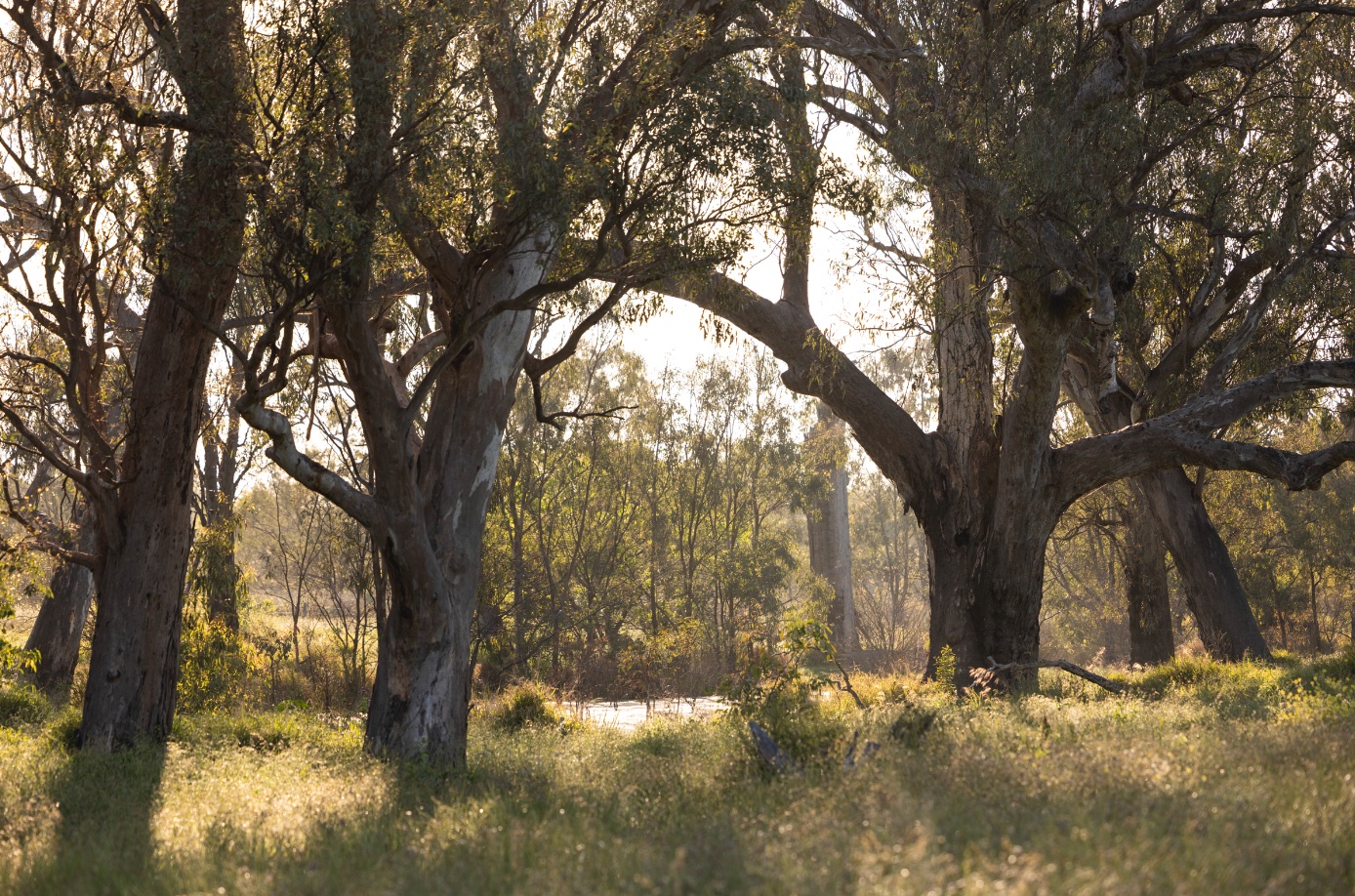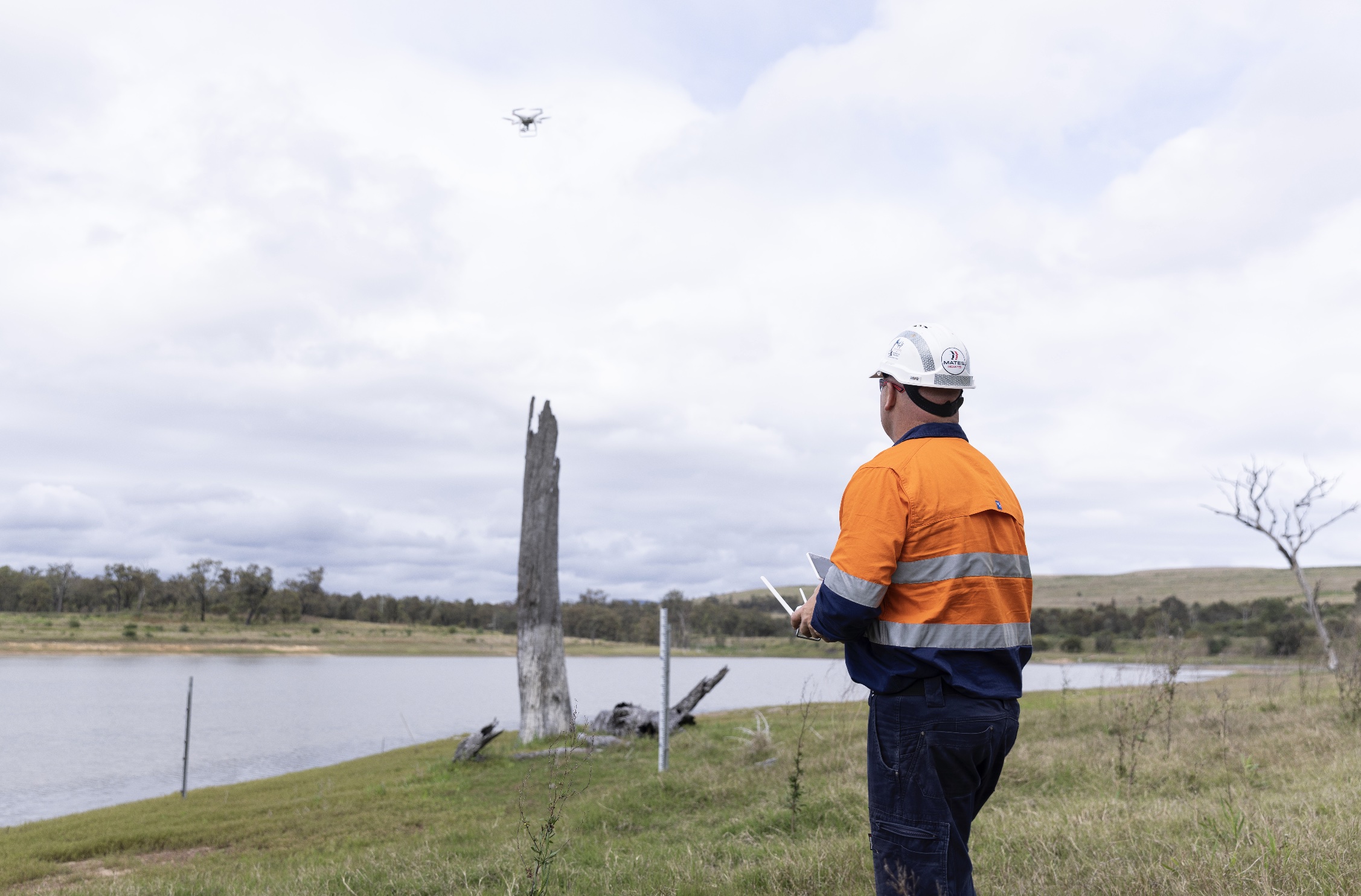
MANAGING AIR QUALITY AND DUST
Our Air Quality Management Plan (AQMP) outlines how we manage and minimise air quality impacts to ensure we don’t exceed specified criteria.
Real time and static monitoring
HVO uses a network of static and real time PM10 devices to monitor and measure ambient air quality and assess compliance with air quality conditions.
We undertake monitoring in accordance with the NSW Environmental Protection Authority’s Approved Methods for the Sampling and Analysis of Air Pollutants in New South Wales guidelines.
We use regional air quality data from the Upper Hunter Air Quality Monitoring Network (UHAQMN).
We review and report real-time monitoring data daily.
We report on static monitoring data and more detailed trend information.
Our Cheshunt (HVO South) and Hunter Valley (HVO North) meteorological stations continually collect real-time weather data such as wind speed and direction. This data informs our decisions on blasting and dumping operations each day.
Minimising dust and air quality impacts
HVO uses air quality and meteorological data to determine if it needs to make changes to its operations to minimise dust and air quality impacts. The monitoring stations continuously transmit data to a central database, generating alarms when particulate matter levels exceed internal trigger limits. Changes in response to an alarm can include changing or relocating tasks, prioritising additional water carts and shutting down equipment.

Other ways we minimise dust and air quality impacts include:
- Using water trucks to dampen haul routes
- Automatic water spraying at our hoppers when haul trucks dump their loads
- Minimising tip heights
- Restricting the removal of topsoil to ensure that the ground contains enough moisture
- Enclosing coal processing areas modifying or shutting down mine operations (including restricting blasting) during adverse or extreme weather, including windy and dry conditions
- Covering coal conveyors and keeping stockpiles damp
- Stabilising exposed areas through various techniques including aerial seeding
- Rehabilitating mined land as soon as possible to reduce exposed areas
- Restricting overburden dumping in dust sensitive areas
- Educating employees about minimising dust generation when operating heavy machinery
Regulation of dust and air quality
Dust generated by NSW mine sites is regulated by the Environmental Protection Authority (EPA) under the Protection of the Environment Operations Act 1997 (NSW) using national air quality standards. We report on concentrations of air pollutants in and around our mines. The EPA assesses our compliance against conditions in our Environmental Protection Licence (EPL) and Development Consent.
The HVO Annual Environmental Review summarises compliance monitoring data for the previous year.
What is Particulate Matter and
what are its impacts?
Scientists and regulators use the term “Particulate Matter” to describe the particles that exist in the air that we breathe. Particulate Matter exists naturally in the atmosphere and is also created by human activities such as vehicle exhausts, industrial processes, power stations, mining, farming, domestic wood heaters, as well as smoke from bushfires. Large particles can be visible in the air as well as settling on washing hung outside, house roofs, outdoor furniture and vehicles.
Particulate Matter emissions from mining can result from a range of processes. Wind movement over exposed ground (waste dumps) and vehicles travelling on haul roads are the most significant dust sources, followed by other processes such as the movement of material, blasting, and stockpiling of coal.
Exposure to particulate matter can have health impacts. The likely risk of these impacts depends on a range of factors including age and the general health of the person.
Read more about the effects of mine dust in the NSW health fact sheet “Mine dust and you”.